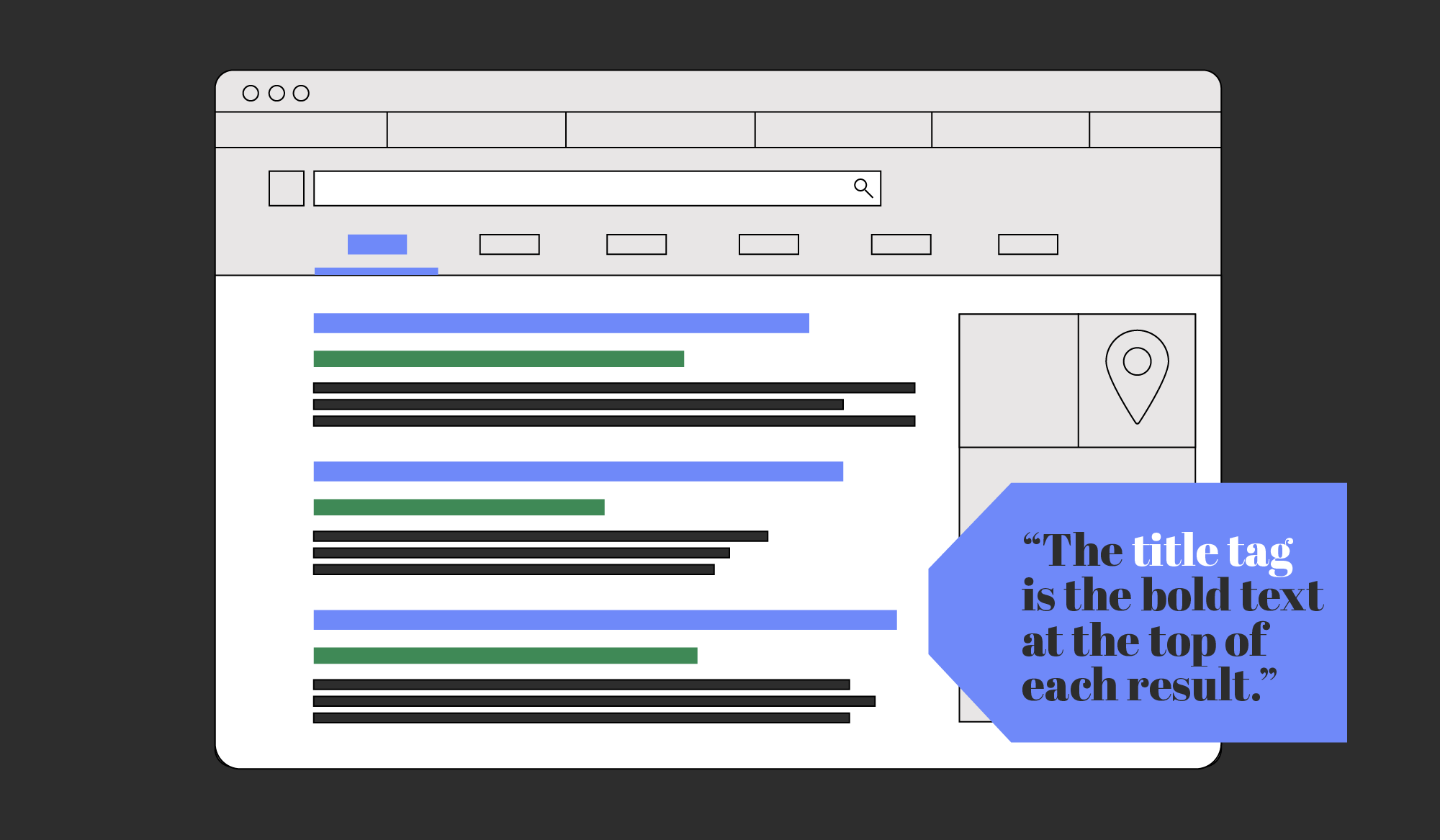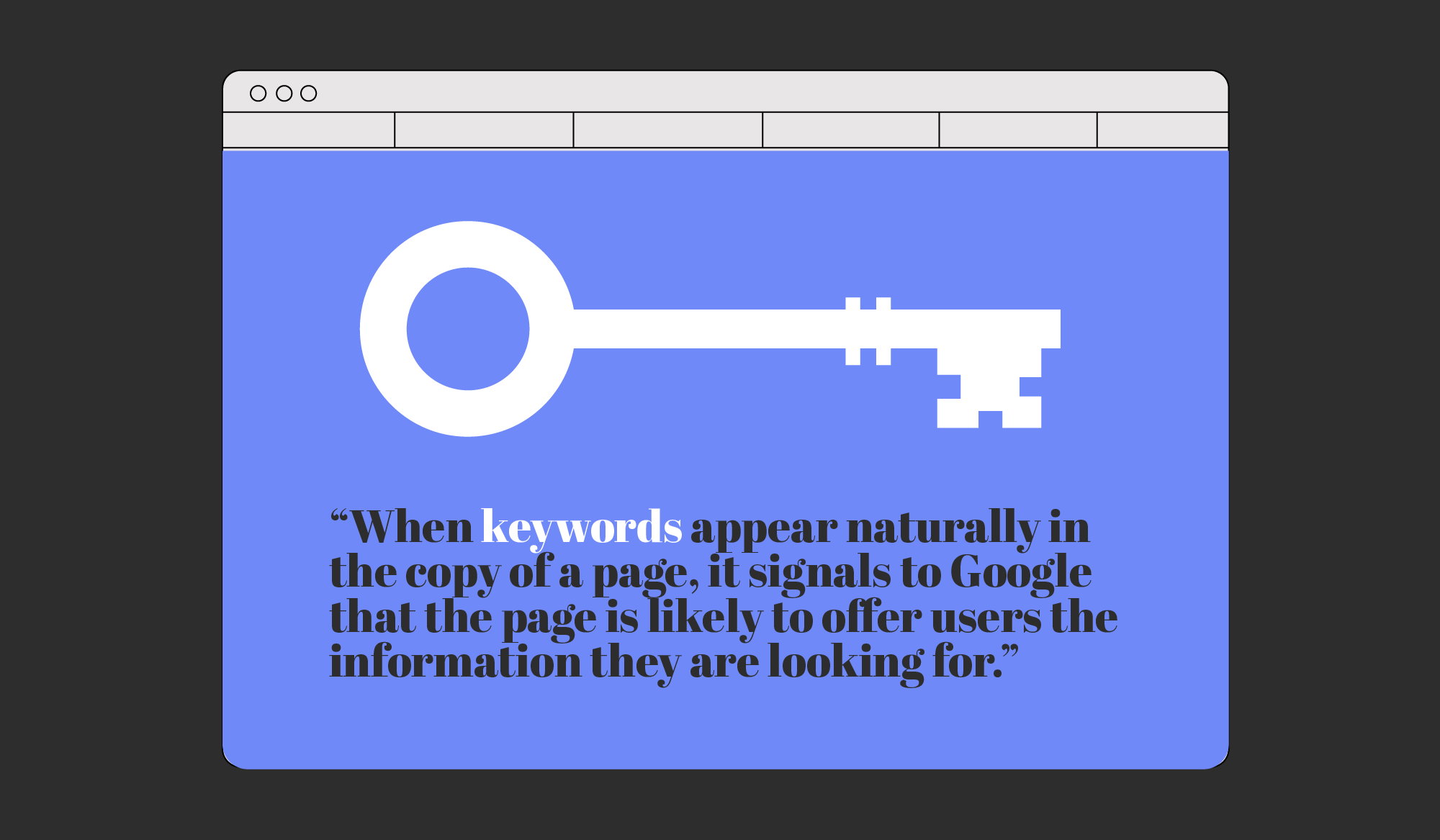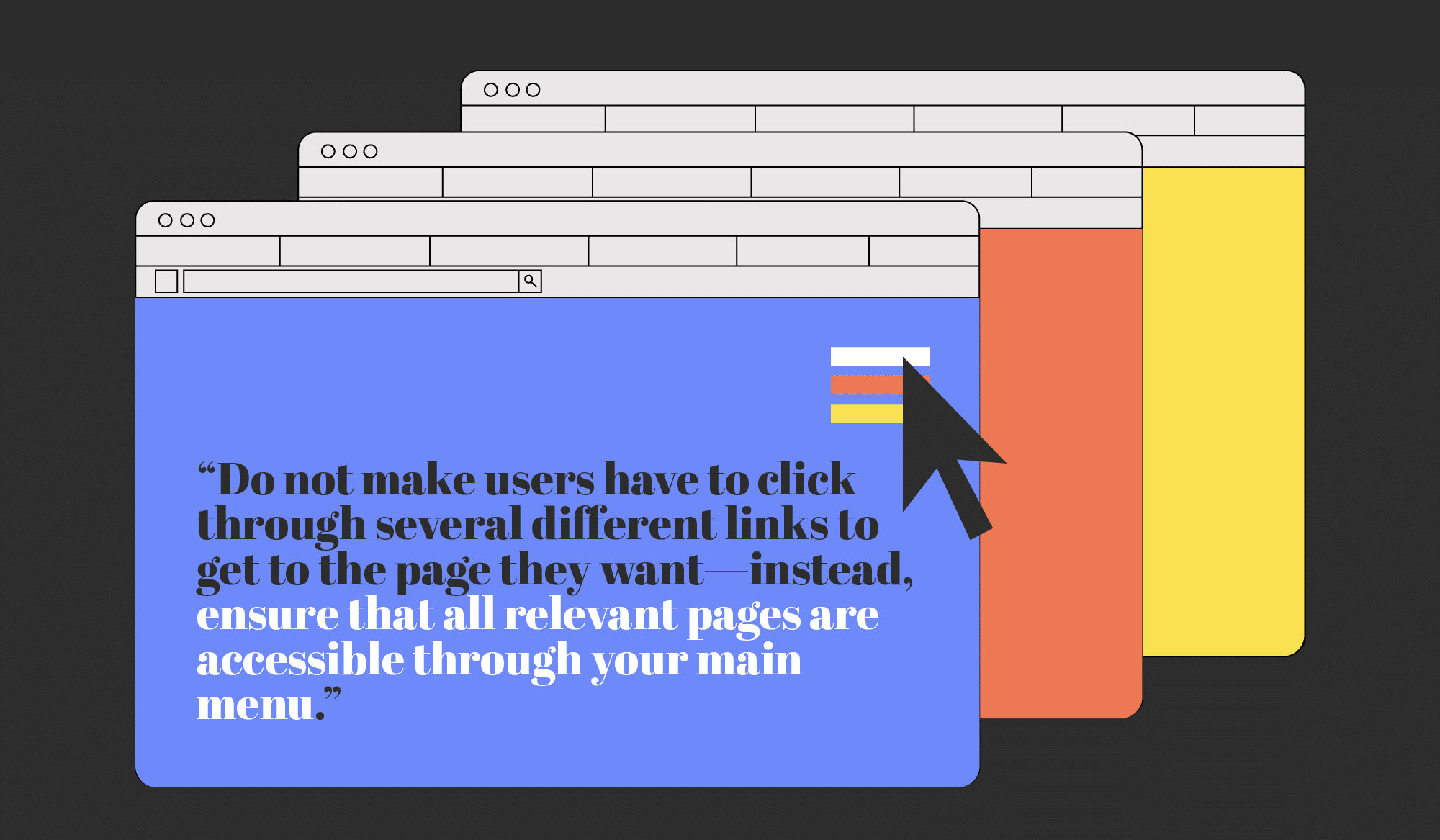You know search engine optimization can help your business’ website with search engine rankings—but how exactly does SEO work? SEO is a complex process that is constantly evolving, but there are a few basic elements that search engines take into account when evaluating your website.
It may be tempting to give each page of your website short, generic titles, but this can be dangerous when it comes to search engine results pages, or SERPs. To begin with, search engines like Google evaluate the title tag of each page of your website when crawling it, so having a descriptive title will help to ensure that your pages show up in relevant searches. In addition, the title tag determines what search engine users see on a SERP—the title tag is the bold text shown at the top of each result, and what users often skim over when browsing search results.
Make sure that each page on your website has a unique, descriptive title tag that is neither too short nor too long—between 40 and 65 characters is generally considered ideal. If a title tag is longer than 65 characters, it may be shortened with an ellipses on the SERP.
Keywords
When a user makes a search query, Google will show results that feature the same words used in that query—this is where keywords factor into SEO. In the past, it was common for people to use the “keyword stuffing” technique to achieve high search rankings—in other words, they simply used the same search term over and over on a page, sometimes even copying and pasting the word repeatedly without providing any other context or copy on the page.
Modern search engine algorithms punish pages that utilize this technique; instead of simply using a keyword over and over, it is essential to provide relevant content on each page of your site that offers users useful information and includes keywords naturally. When keywords appear naturally in the copy of a page, it signals to Google that the page is likely to offer users the information they are looking for.
Many business owners are surprised to discover that how their website is set up can affect their SEO. Google and other search engines want to provide users with pages that are not only relevant, but also easy to navigate. Do not make users have to click through several different links to get to the page they want—instead, ensure that all relevant pages are accessible through your main menu.
It is also important that you do not cover up the info on our pages by displaying pop-ups—if you want to utilize this technique on your website, ensure that the pop-up is small and can easily be exited. Finally, be sure that your website utilizes both XML and HTML sitemaps—XML sitemaps let Google know exactly what pages your website contains, and HTML sitemaps show users every page on your site in a straightforward way, making it easy for them to find exactly what they are looking for.
You don’t have to navigate the SEO process alone—Pennington Creative is ready to help with search engine optimized content for your website. Whether you need service pages that explain exactly what you have to offer or custom graphics that illustrate your service process, our team has a solution for you. To find out more about our Tucson-based content marketing services, contact us today.





